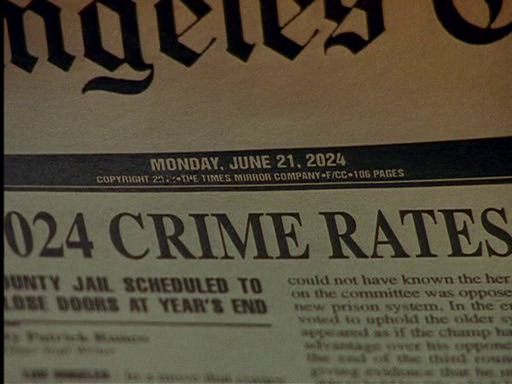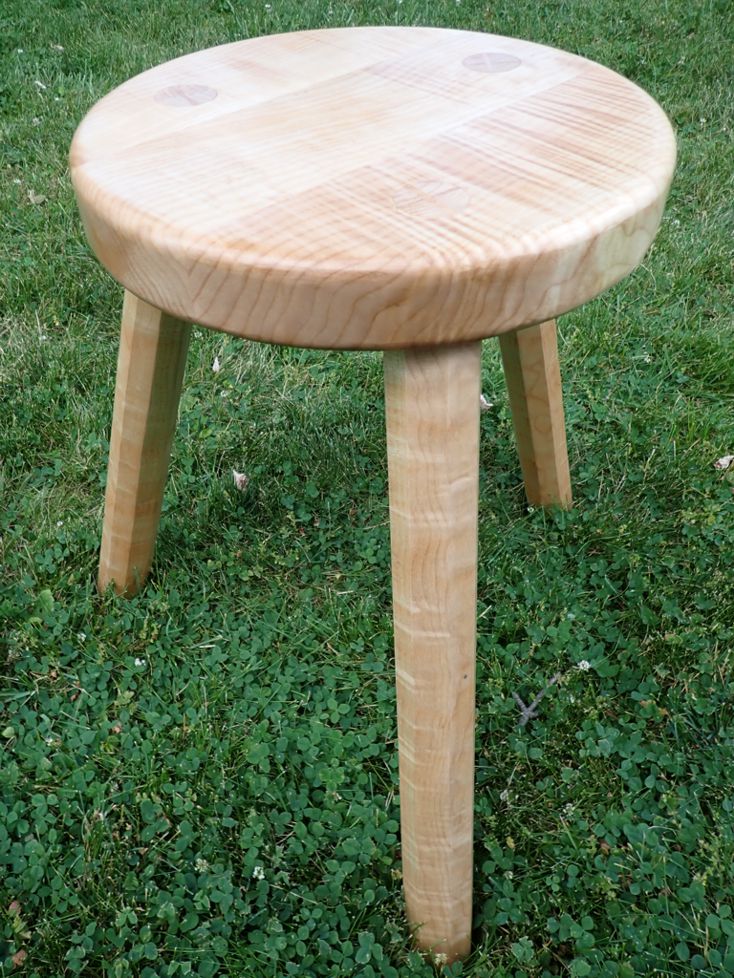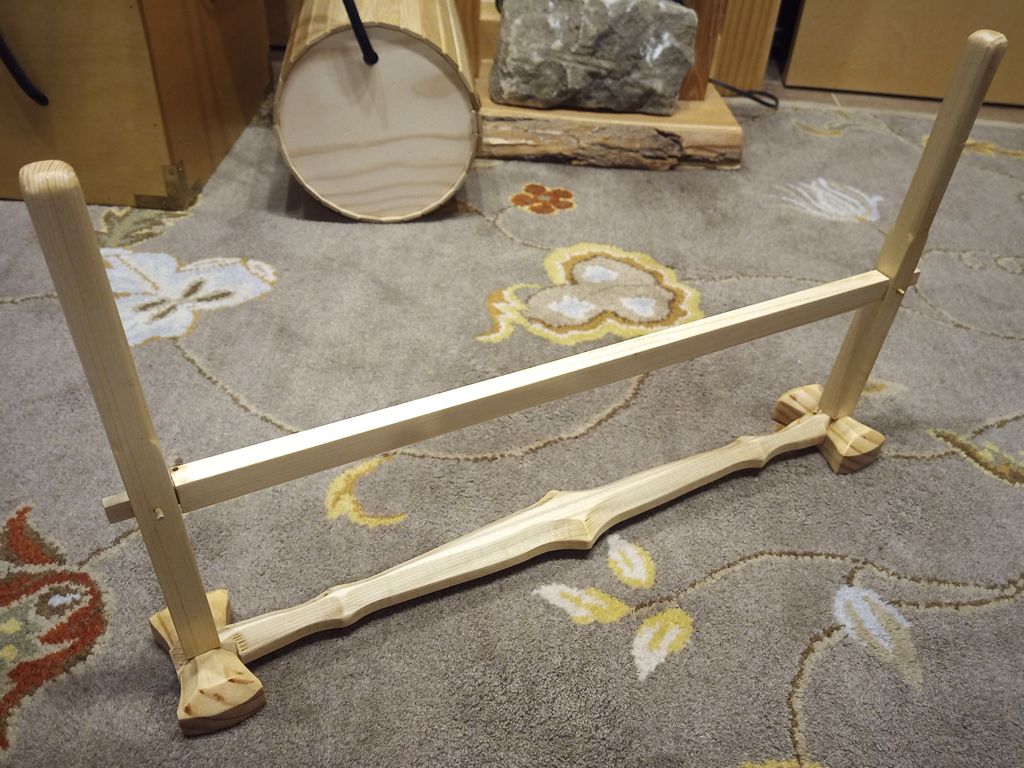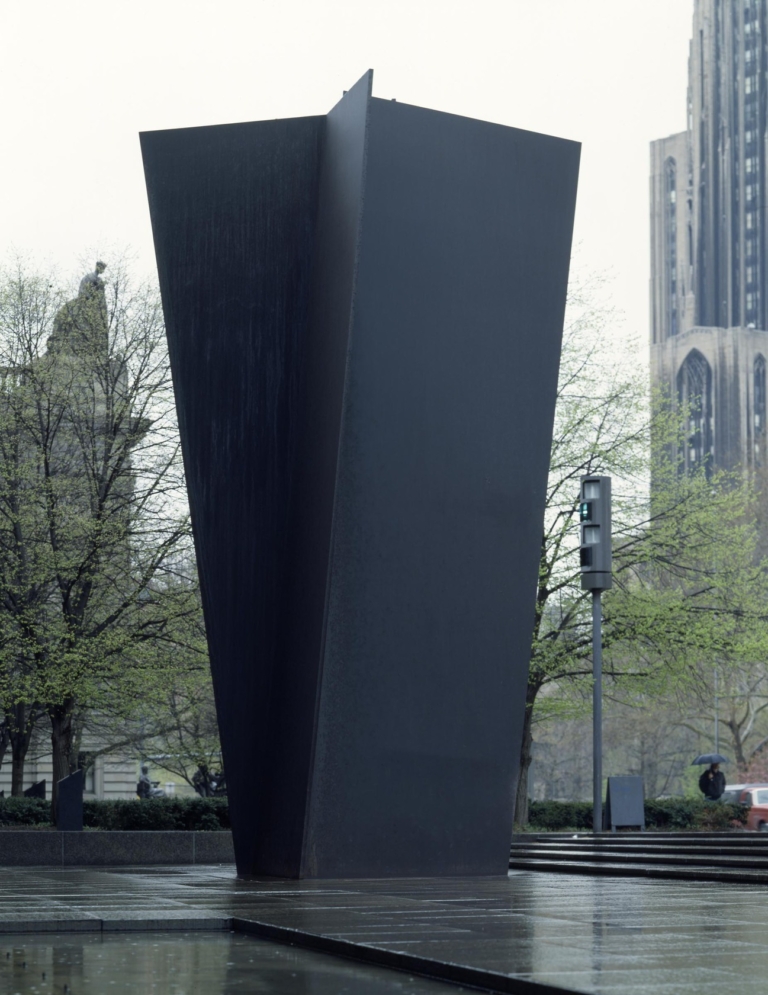Having just come out in 2022 with a me-lauded new entry in the “John Dies at the End” series, Jason “David Wong” Pargin followed up in 2023 with a new “Zoey Ashe” novel titled Zoey is too Drunk for this Dystopia. I continue to believe that Pargin continues to make himself a better and better writer. I don’t know, maybe he just has better editors, but he knows enough to work with them to make better and better books, so good enough.
Anyway, in the first book of this series, protagonist Zoey Ashe inherits a vast fortune and shady business empire from her father. This inheritance comes with a group of her father’s helpers who are known collectively as “The Suits”. Now, Zoey is not stupid, and she is far from helpless, but she is way out of her depth in the first book, and knows it. The Suits do most of the heavy lifting, and Zoey mostly struggles to keep up while trying to direct the business onto a more noble path.
In this book, the fourth in the series, Zoey is really coming into her own. She is making the plans, and doing some of the heavy lifting. When helpers get sidelined, she knows that the rest of the team is looking to her to pick up the slack and recruit substitutes. She’s going from being the shocked owner of this thing, to being the real boss of this thing. Zoey still makes some mistakes, and some horrible decisions that turn out OK anyway, but she’s getting there, and she never forgets about her family, her cats, and her desire to make the world a slightly better place now that she has the resources to do so.
As a writer, Pargin has learned to subvert the reader’s expectations. It’s not that he’s trying to surprise you, but he’s trying to make you think about people. In the Zoey Ashe novels, protagonists aren’t always good, villains aren’t always bad, and red herrings sometimes turn out to be clues. The gun on the mantel in act 1 might be revealed in act 2 to display a flag that says “BANG!”, then in act 3 the flag is waved to summon help from a Thai sea pirate. You just ever know, but he’s urging you to look. Maybe the villain is really ridiculous and more naive than you. Maybe the protagonist has to do one awful thing to make sure another awful thing doesn’t happen. He’s urging you to look inside the suit and see the real person.
Later this year, Pargin is releasing yet another novel, and I think it is set in yet another series. I applaud whenever an author decides to branch out, but I hope this isn’t the last we read about Zoey. Both Pargin and his creations are still on their way to becoming real heroes, and I want to see what they are like when they get there.
















